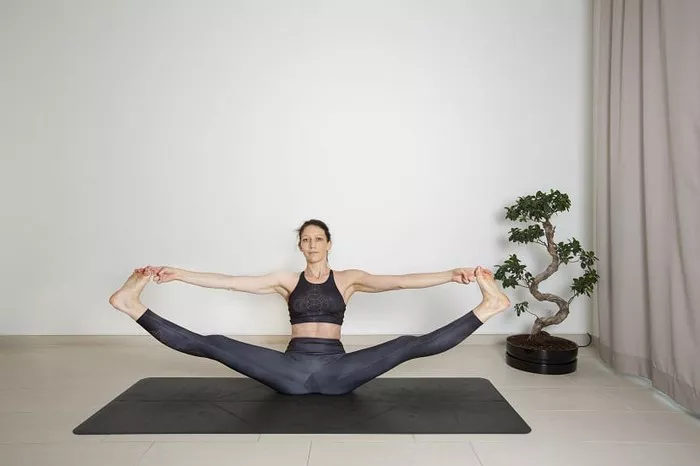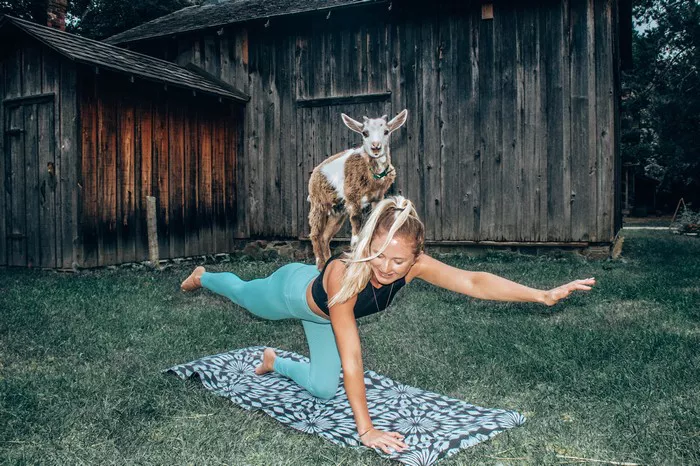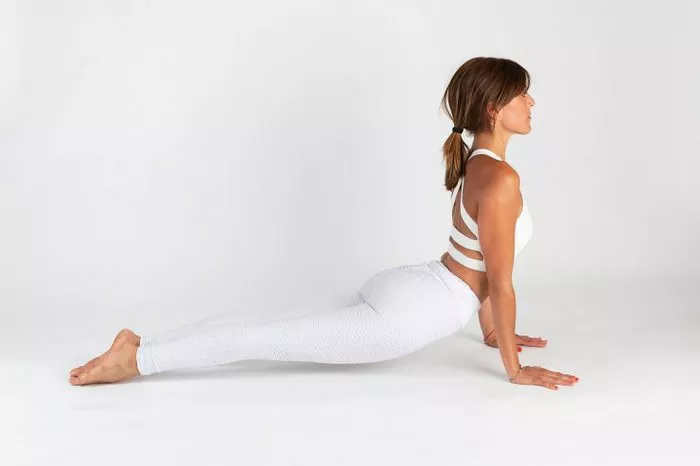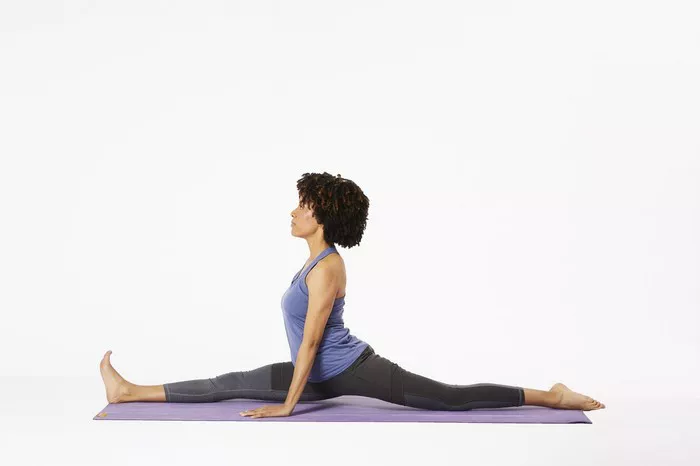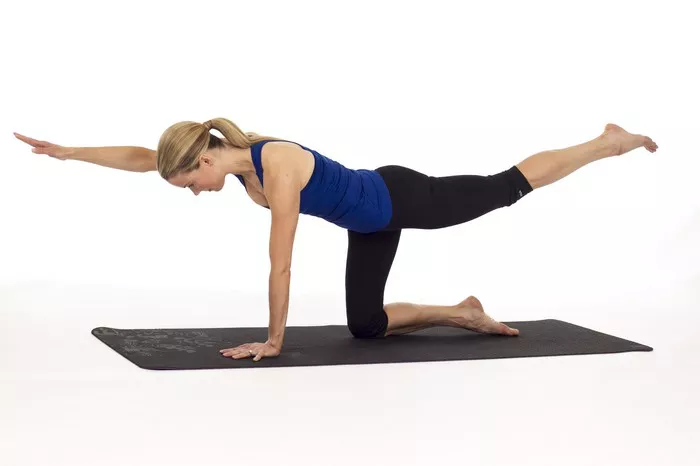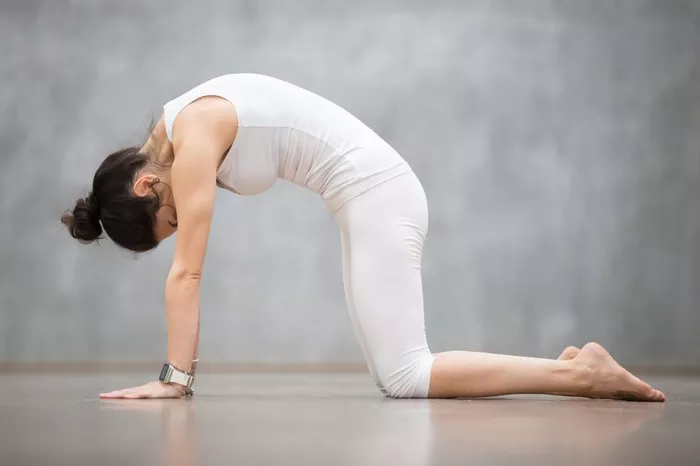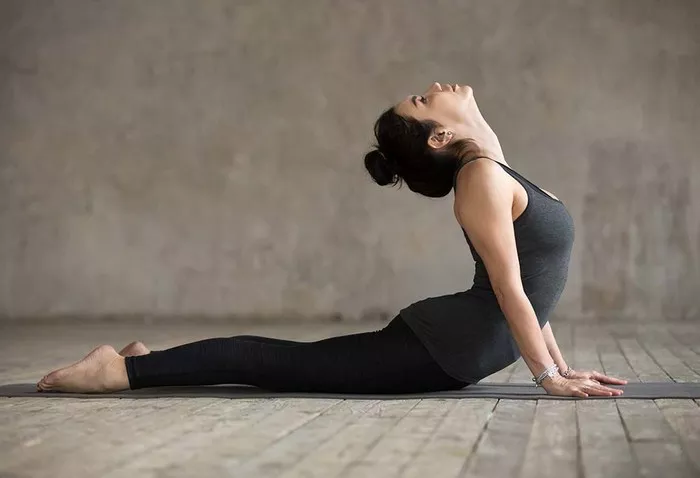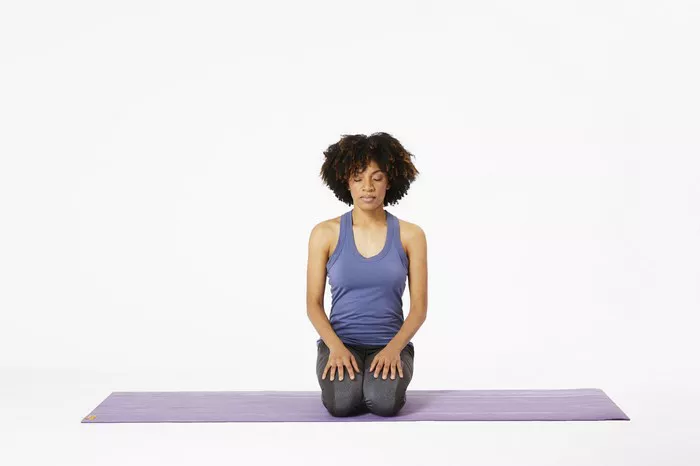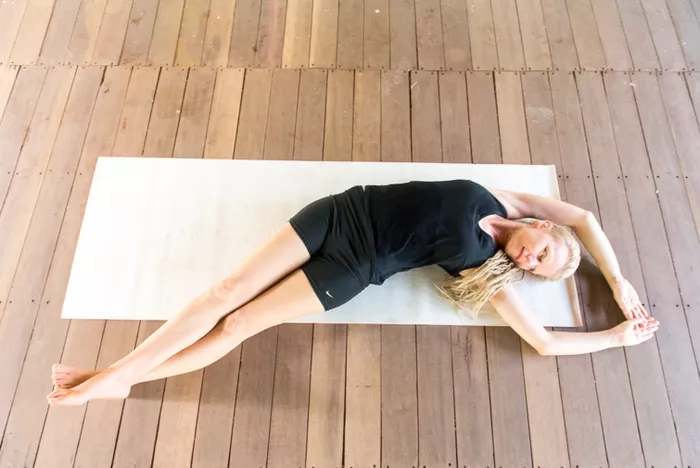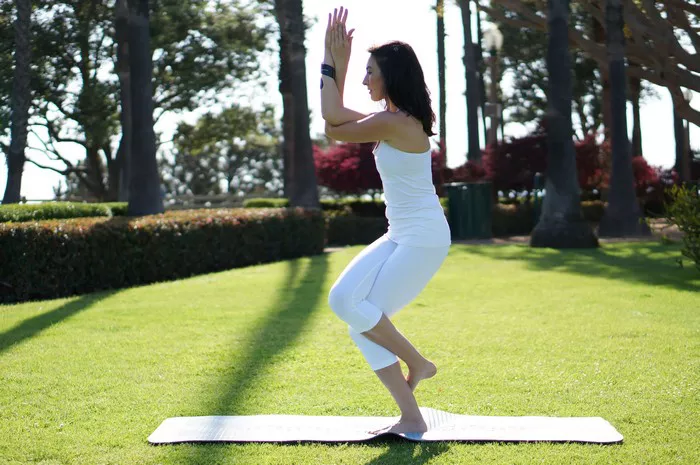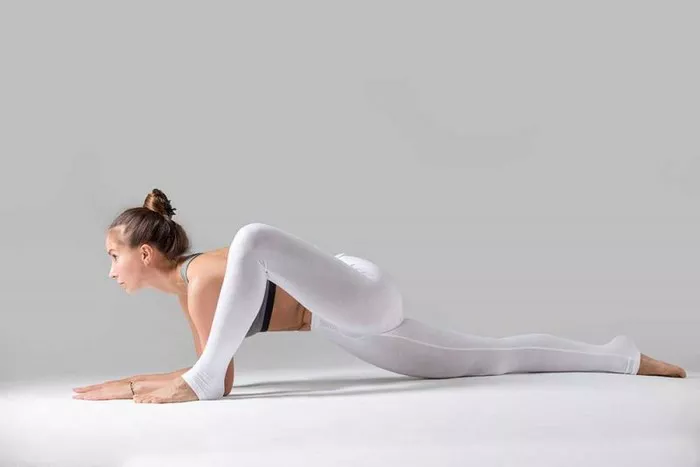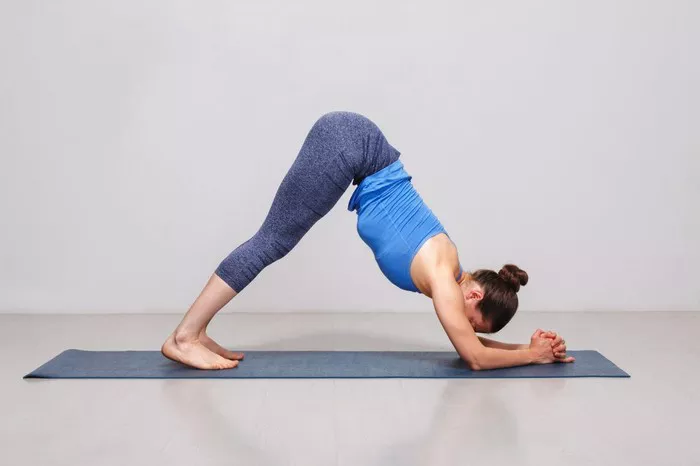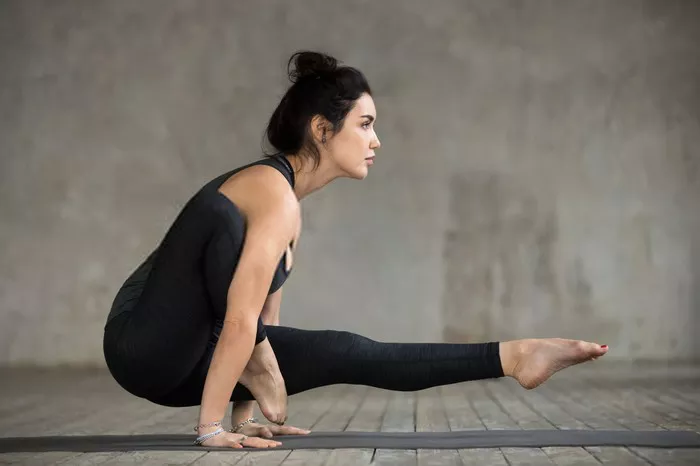Surya Namaskar (Sun Salutation) and Chandra Namaskar (Moon Salutation) are two popular sequences of yoga asanas (postures) that offer physical, mental, and spiritual benefits. Though both are salutation practices, they differ in purpose, sequence, energy flow, and timing. Understanding these distinctions is crucial for yoga practitioners seeking a balanced practice that aligns with their personal goals and natural rhythms.
1. Origins and Symbolism
Surya Namaskar is a traditional practice that dates back to ancient Vedic rituals. The word “Surya” means “sun” in Sanskrit, and Surya Namaskar is a series of postures performed to honor and harness the energy of the sun. It symbolizes vitality, clarity, and dynamism. In Hindu mythology, the sun is revered as a powerful deity that bestows life and light.
Chandra Namaskar, on the other hand, is a relatively modern sequence that complements Surya Namaskar. The term “Chandra” translates to “moon,” and Chandra Namaskar symbolizes calmness, intuition, and introspection. This practice is designed to balance the cooling, reflective qualities of the moon with the more intense and heating attributes of Surya Namaskar.
2. Purpose and Energetic Impact
The primary purpose of Surya Namaskar is to energize and invigorate the body and mind. It stimulates the nervous system, enhances circulation, and prepares the body for a dynamic day ahead. This practice is especially beneficial in the morning as it aligns with the rising energy of the sun.
In contrast, Chandra Namaskar is a calming and grounding sequence that soothes the nervous system and promotes inner reflection. It is best practiced in the evening or during periods of high stress or emotional turmoil. Chandra Namaskar encourages the parasympathetic nervous system to activate, which facilitates relaxation and rejuvenation.
3. Time of Practice
Surya Namaskar is traditionally performed at sunrise or in the early morning hours when the sun begins to rise. This time is considered spiritually auspicious and aligns with the diurnal rhythm of increased vitality and alertness.
Chandra Namaskar is typically practiced in the evening or at night, especially under the light of the moon. It is ideal for unwinding after a long day, aiding in mental clarity and preparing the body for restful sleep.
4. Physical Postures and Sequence
Surya Namaskar Postures:
Surya Namaskar generally includes 12 poses performed in a flowing sequence:
- Pranamasana (Prayer Pose)
- Hastauttanasana (Raised Arms Pose)
- Padahastasana (Hand to Foot Pose)
- Ashwa Sanchalanasana (Equestrian Pose)
- Dandasana (Stick Pose)
- Ashtanga Namaskara (Eight-Limbed Salutation)
- Bhujangasana (Cobra Pose)
- Adho Mukha Svanasana (Downward-Facing Dog)
- Ashwa Sanchalanasana (Equestrian Pose – opposite leg)
- Padahastasana (Hand to Foot Pose)
- Hastauttanasana (Raised Arms Pose)
- Pranamasana (Prayer Pose)
This sequence is usually performed in multiple rounds, often 12 or more, and is dynamic and energizing.
Chandra Namaskar Postures:
Chandra Namaskar generally includes 14 poses, emphasizing lateral movements and a slower pace:
- Tadasana (Mountain Pose)
- Urdhva Hastasana (Upward Salute)
- Ardha Chandrasana (Half Moon Pose)
- Padahastasana (Hand to Foot Pose)
- Ashwa Sanchalanasana (Equestrian Pose)
- Parighasana (Gate Pose)
- Ardha Chandrasana (Half Moon Pose – other side)
- Parighasana (Gate Pose – other side)
- Ashwa Sanchalanasana (Equestrian Pose – other leg)
- Padahastasana (Hand to Foot Pose)
- Ardha Chandrasana (Half Moon Pose)
- Urdhva Hastasana (Upward Salute)
- Tadasana (Mountain Pose)
The sequence is performed with a graceful flow, encouraging mindfulness and balance.
5. Breath Coordination
Breath awareness is a vital aspect of both practices. In Surya Namaskar, the breath is dynamic, matching the energetic flow of the sequence. Inhalations are typically associated with upward or expansive movements, while exhalations correspond with forward bends or grounding poses.
Chandra Namaskar employs slower and more deliberate breath control. The breath guides the movement gently, enhancing the meditative quality of the practice. This breathing pattern helps activate the body’s cooling mechanisms and encourages introspection.
6. Mental and Emotional Effects
Surya Namaskar helps sharpen focus, stimulate motivation, and generate internal heat. It is often recommended for individuals looking to combat lethargy, boost confidence, or ignite their internal drive. This practice can be empowering, helping practitioners cultivate a sense of purpose and forward momentum.
On the other hand, Chandra Namaskar soothes emotional turbulence and fosters a sense of inner peace. It is particularly effective for managing anxiety, emotional fatigue, or overstimulation. The sequence encourages deep listening to the body and emotions, facilitating a more compassionate inner dialogue.
7. Gender and Dosha Considerations
According to Ayurveda, Surya Namaskar increases the fire (Pitta) and air (Vata) elements, which can be invigorating but also potentially aggravating for those with dominant Pitta or Vata doshas. It is generally more suited for Kapha-dominant individuals or those needing a morning energy boost.
Chandra Namaskar is ideal for balancing excess Pitta and Vata energies, thanks to its cooling and grounding effects. It benefits those experiencing heat-related conditions, nervousness, or emotional imbalance. It can also be helpful during menstruation or pregnancy, under appropriate guidance.
8. Spiritual Significance
Surya Namaskar is often seen as a spiritual ritual that honors the life-giving force of the sun. Each posture is a step in an offering, and the flow becomes a moving meditation. It aligns with masculine energy or “solar” qualities like assertiveness, clarity, and outward expression.
Chandra Namaskar resonates with the feminine or “lunar” energy, symbolizing receptivity, nurturing, and inner awareness. It is commonly integrated into moon rituals or full moon meditations, enhancing one’s connection to the subtle rhythms of nature.
9. Variations and Modifications
Surya Namaskar has multiple variations across different yoga traditions, including Hatha, Ashtanga, and Vinyasa styles. These may alter the sequence, intensity, or breathwork to align with specific goals. Advanced practitioners often include mantra chanting or hold each posture longer for deeper effects.
Chandra Namaskar is less standardized but often personalized to suit the practitioner’s needs. Some styles incorporate additional standing or side-bending poses to enhance the cooling effect. Props and gentle modifications are commonly used to ensure accessibility.
10. Benefits Comparison
Benefits of Surya Namaskar:
- Boosts metabolism and cardiovascular health
- Enhances strength and flexibility
- Stimulates the digestive system
- Increases mental clarity and motivation
- Aligns the body with solar energy
Benefits of Chandra Namaskar:
- Reduces stress and anxiety
- Improves lymphatic circulation
- Promotes flexibility in the spine and hips
- Encourages emotional healing and introspection
- Synchronizes with lunar energy for calm and balance
11. Integrating Both in Daily Practice
A balanced yoga practice may include both Surya and Chandra Namaskar. Practicing Surya Namaskar in the morning can energize and awaken the body, setting a positive tone for the day. Including Chandra Namaskar in the evening helps in winding down, promoting rest and reflection.
Sample Weekly Routine:
- Monday to Friday Morning: Surya Namaskar (6-12 rounds)
- Monday, Wednesday, Friday Evening: Chandra Namaskar (4-6 rounds)
- Weekend Practice: A mix of both for holistic alignment
This dual practice supports circadian rhythms, balances energy levels, and enhances overall well-being.
12. Common Mistakes and How to Avoid Them
When practicing Surya Namaskar, common mistakes include rushing through the sequence, improper alignment, and holding the breath. To avoid these, focus on smooth transitions, engage core muscles, and synchronize each movement with your breath.
In Chandra Namaskar, errors often involve over-stretching or neglecting breath awareness. Since the sequence is slower, it’s essential to practice mindfully and respect the body’s limits. Using props or modifying poses can help maintain comfort and effectiveness.
13. Teacher Guidance and Learning Resources
Both Surya and Chandra Namaskar benefit from initial guidance by a qualified yoga teacher. This ensures proper form, injury prevention, and personalized adjustments. Many online platforms, books, and yoga apps offer structured tutorials, but in-person instruction is ideal for beginners.
Experienced practitioners can explore deeper layers, such as incorporating affirmations, mantras, or energy visualizations. Journaling the experience after practice can also provide insights into personal growth and transformation.
Conclusion
Surya Namaskar and Chandra Namaskar are complementary practices that reflect the dual nature of energy within and around us. Surya Namaskar empowers and invigorates, aligning with the sun’s fiery strength. Chandra Namaskar soothes and harmonizes, echoing the moon’s serene influence. Embracing both can create a harmonious balance in your yoga journey, attuning your practice to the natural cycles of day and night, action and reflection.
By understanding and honoring their differences, yoga practitioners can craft a more mindful, effective, and enriching practice that supports physical vitality, emotional balance, and spiritual awareness.
Related Topics:

